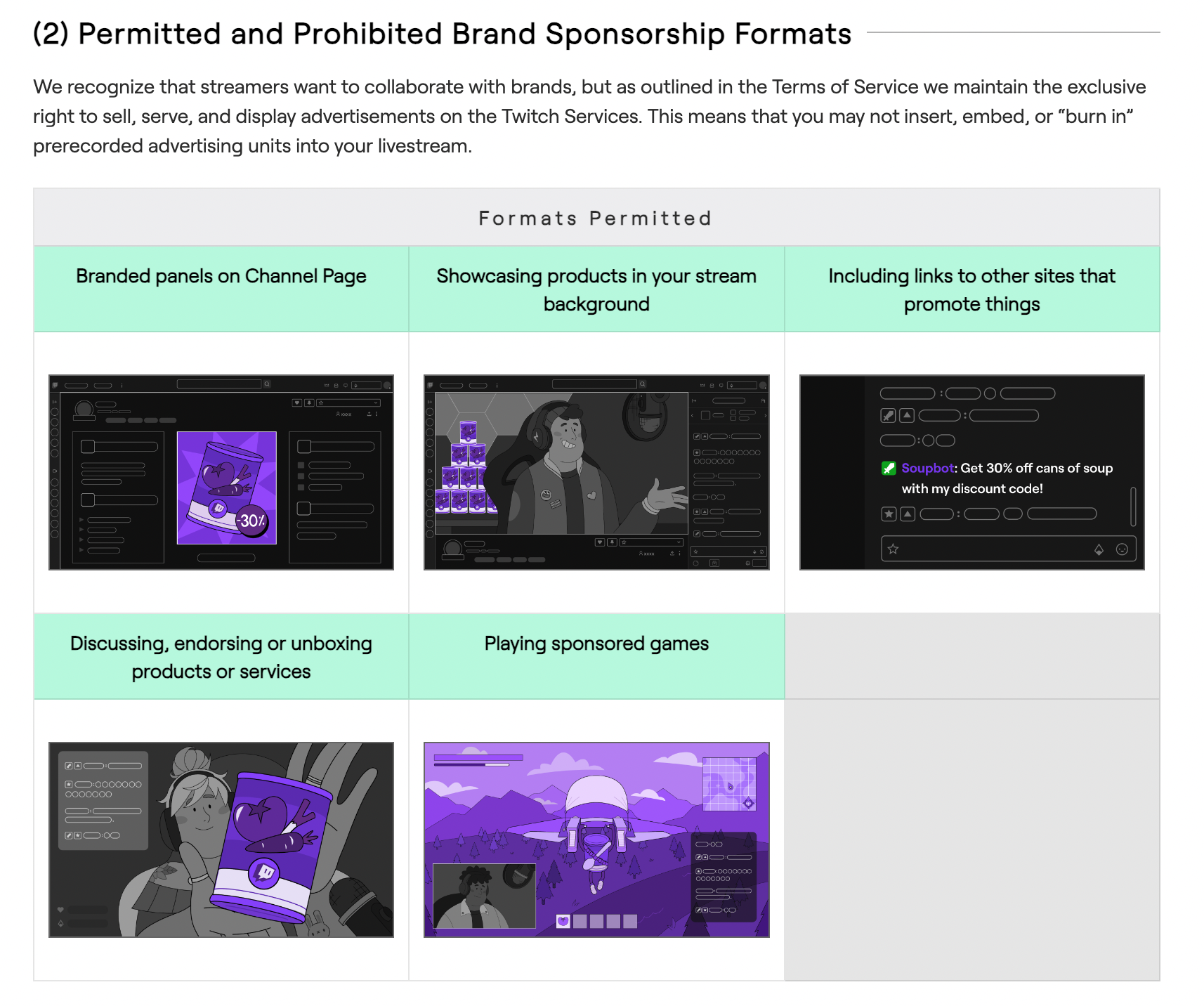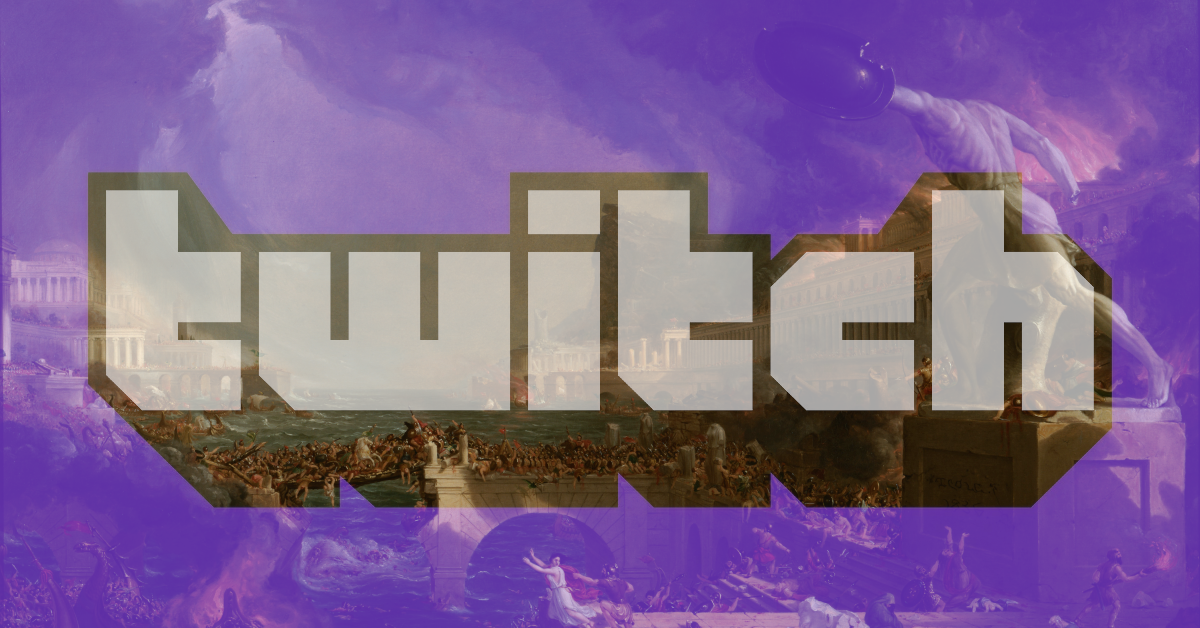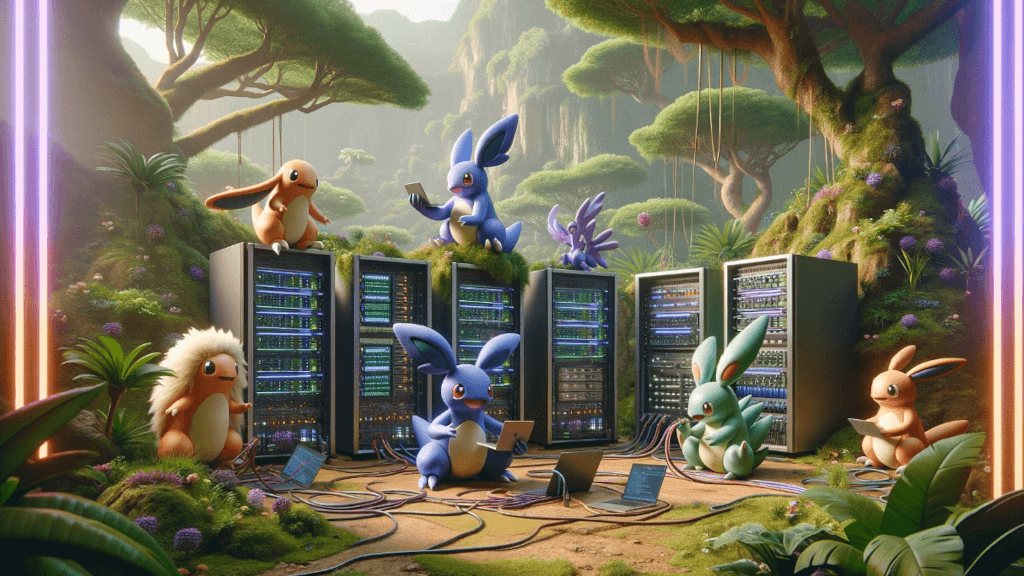In the fast-paced world of live-streaming, Twitch’s unchallenged lead is starting to shake. Twitch’s loyal fans, built from its lively community, wide range of content, and close relationships between streamers and viewers, has been its strong support. This support has helped Twitch face challenges and reach impressive heights. But, recent changes in policy have upset many people who use the platform.
Twitch might be another tech favorite falling victim to the threat of platform enshitification—a sneaky, slow decline in a platform’s quality, function, and core. The future seems to show that even the strongest can fall, reminding us that no platform is untouchable. Twitch’s journey, once slowly going down, is now speeding towards a mass departure—a fascinating show, proof of how quickly digital leadership can pass. Twitch’s fall is bigger than just its own story, it shows the wider changes happening in the gaming and live-streaming world. As we untangle this complex story, we should remember Twitch’s past achievements, understand its current situation, and think about its possible future changes.
The New Policies
Twitch, the popular live streaming platform, has recently implemented a series of new policies that have sent shockwaves through the gaming community. These changes have significant implications for streamers, event organizers, and the platform’s overall ecosystem.
I don't say it lightly but I think this is a legitimate situation where streamers should consider boycotting Twitch or moving to other platforms
— Zack (@Asmongold) June 6, 2023
Making common and harmless forms of advertisement literally against ToS so Twitch can monopolize more of streamers income https://t.co/LgofvJKnWo
Branded Content Policy: A New Limit on Advertising
Twitch’s new branded content policy has introduced a significant change in how advertising can be displayed during streams. The platform has limited branded overlays - a key advertising tool - to just three percent of a stream. This means that the maximum size for these overlays is only three percent of the screen size, a drastic reduction that significantly limits the ability to display ads during streams.
Moreover, display ads, such as banner ads, are now prohibited. However, Twitch still allows branded panels on the channel page, showcasing products in the stream background, and links to other sites that promote things. Playing sponsored games also remains permissible. This shift in policy represents a significant change in the advertising landscape on Twitch, with potential implications for streamers’ revenue.
 Source: Twitch
Source: Twitch
Impact on Streamers: A Threat to Sponsorship Revenue
The changes to the branded content policy have sparked concern among streamers, as sponsorships form the majority of their revenue. In fact, the top 500 streamers on Twitch generate most of their income from sponsorships, with subscriptions and donations making up a smaller portion.
By targeting sponsorships, Twitch has made a decision that could potentially affect the revenue of all their top streamers. If Twitch can no longer comfortably facilitate partnerships on the platform, it could be disastrous for streamers who rely heavily on this income source.
Community Right to be Worried About Revenue Split
In a blog post from September 2022, Twitch President Dan Clancy communicated significant changes to the platform’s subscription revenue share system. While Twitch primarily uses a 50/50 split for subscriptions, it had previously provided select larger streamers with premium terms. Acknowledging past issues with transparency and consistency regarding these deals, Twitch has decided to cease offering these terms to new streamers and adjust the revenue split for existing recipients. From June 1, 2023, these streamers will retain a 70/30 split for the first $100K earned through subscription revenue, with anything above that split 50/50.
This alteration will not impact about 90% of streamers on standard agreements at their current revenue, while those affected will have alternatives like a 55% ad revenue share from the Ads Incentive Program. Twitch will also continue to occasionally negotiate custom agreements. The company’s decision to maintain the 50/50 split stems from its investment in growth-enabling products and people, and its ongoing efforts to improve payouts, including halving the payout threshold to $50. Clancy emphasized the company’s successful monetization options, like Prime Subs, that have contributed to a 27% annual increase in streamer revenue per viewer hour over the past five years. He highlighted the high costs of delivering Twitch’s services as a factor in their decision not to adopt a 70/30 split.
The community’s response to Twitch’s blog post on the rev split is varied. Some users express frustration with the intrusive and frequent ads on the platform, comparing them unfavorably to other platforms like YouTube. There is skepticism about Twitch’s decision, seen by some as a disguised pay cut for streamers, and concerns about the sustainability of Twitch’s business model. Others express disappointment about the reduction in streamers’ earnings and increased reliance on sponsorships. However, opinions differ on the impact on streamers, with some highlighting their high earnings and exclusive contracts. Overall, the community is divided, with a mix of frustration, skepticism, concern, and differing viewpoints on the situation.
The recent rev split change on Twitch, as discussed in the community’s responses, can be seen as the initial warning sign of potentially more unpopular changes to come. This adjustment, which reduces streamers’ take-home earnings and increases their reliance on sponsorships, has stirred skepticism and concern among users. It is reminiscent of a tremor preceding a seismic shift, signaling the possibility of more substantial and potentially unfavorable alterations to Twitch’s platform and policies in the future. Just as a small crack in the foundation may hint at a larger structural problem, this rev split change served as a cautionary indication that more significant, less community-centric adjustments may be on the horizon for Twitch.
Well, those changes are now here.



